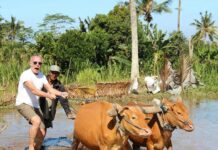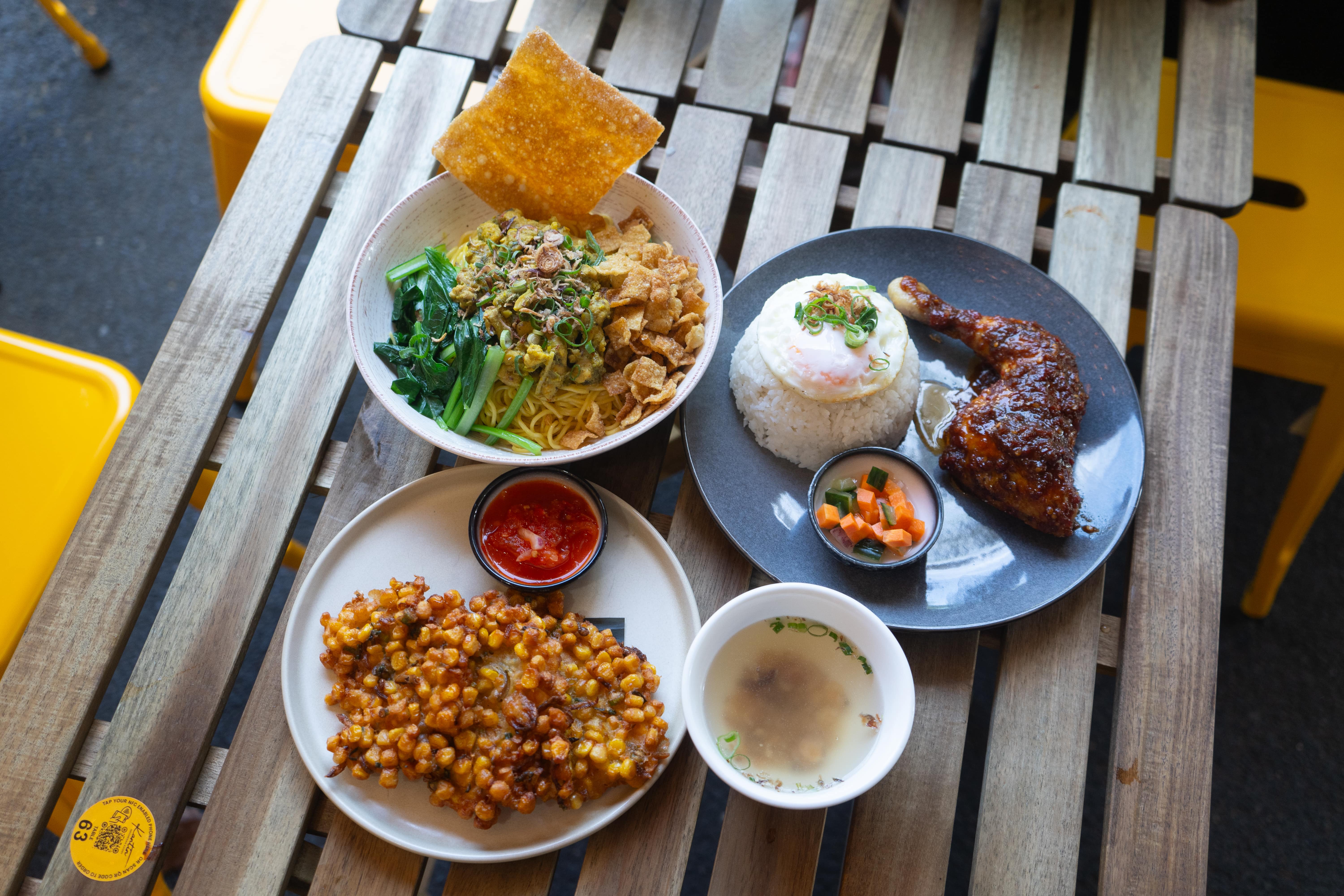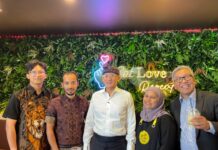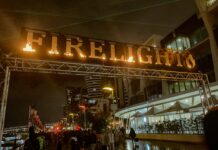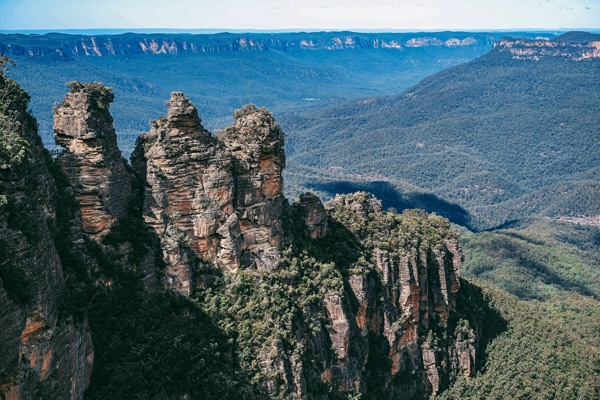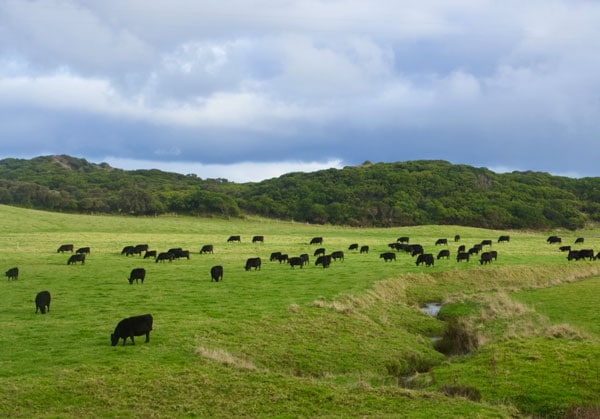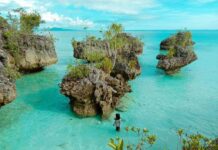On the southeast side of Bali Island, Indonesia, lie three smaller islands which are part of the Klungkung regency, they are Nusa Lembongan, Nusa Ceningan, and Nusa Penida. The biggest of three is Nusa Penida, which is also known as the Blue Paradise. Despite being a far less known destination than Bali, Nusa Penida has significant tourism potential. From beautiful secluded white beaches with the turquoise ocean, mesmerising underground temple, lush forests, to the magical underwater world, the island offers various attractions and activities for the visitor to enjoy. However, the island still needs to improve its infrastructure and human resources provision to optimise and support this potential.

Ticket lockets at Sanur Harbour 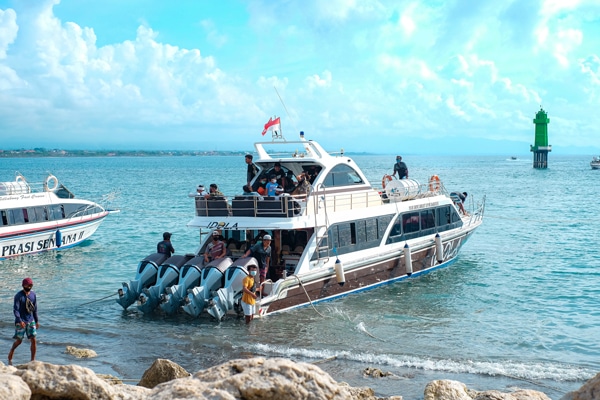
Fast boat from Sanur to Nusa Penida
There are two options on how to get to Nusa Penida from Bali. The first one is by a public fast boat in Sanur Harbour. It takes a 30 to 45 minutes ride to reach the island. Visitors can buy their tickets on the spot or through online booking. There are multiple departure times, with the earliest at 7 AM and the last departure at 4 PM. There are a lot of boat operators that allow more departure options for visitors. However, post-COVID-19, the boat intervals are becoming less frequent and there are fewer operators available. The second option is by a public ferry running from Padang Bai Harbour. This option allows visitors to travel by car or motorbike to Nusa Penida. Pre-COVID-19, there are two ferry schedules in a day (except on Wednesday and Sunday). It takes approximately 1.5 hours ride from Padang Bai. Visitors can buy the ticket directly on the harbour.

Visitors who stay in Nusa Lembongan often choose Nusa Penida as a day trip option. However, it is a big island with many scattered attractions, therefore it is recommended to stay at least overnight to enjoy the island’s full charm. Private tours often cluster these scattered attractions into three big groups, which are the western, the eastern, and the southern part of Nusa Penida. The famous Kelingking Cliff and Beach is located in the western part of the island, together with the resort area of the Crystal Bay beach, and the natural infinity pool of the Angel’s Billabong and the Broken Beach. These beaches are the perfect places to enjoy a magical sunset. However, for those who want to experience the almost secluded white sandy Kelingking Beach, hours of climbing down the cliff are required. It is quite a difficult hiking path, as some of the sections are extremely steep to vertical.

Seaweed farm at Toya Pakeh 
Toya Pakeh harbour in Nusa Penida
The notable attractions in the eastern part of Nusa Penida are the Giri Putri Temple (Hindu temple located inside a limestone cave), the Atuh Beach, the Diamond Beach, the Raja Lima Viewpoints, and the Instagrammable Molenteng Tree House which overlook the mini-islands (limestone formations) protruded from the turquoise sea. Atuh Beach and Diamond Beach are located a walking distance from each other. Diamond Beach has a similar vibe to Kelingking Beach but with more accessible stairs. In the southern part of Nusa Penida, there are two beautiful worth visited attractions: a hidden gem of a natural spring pool inside the Tembeling Forest and Peguyangan Waterfall.
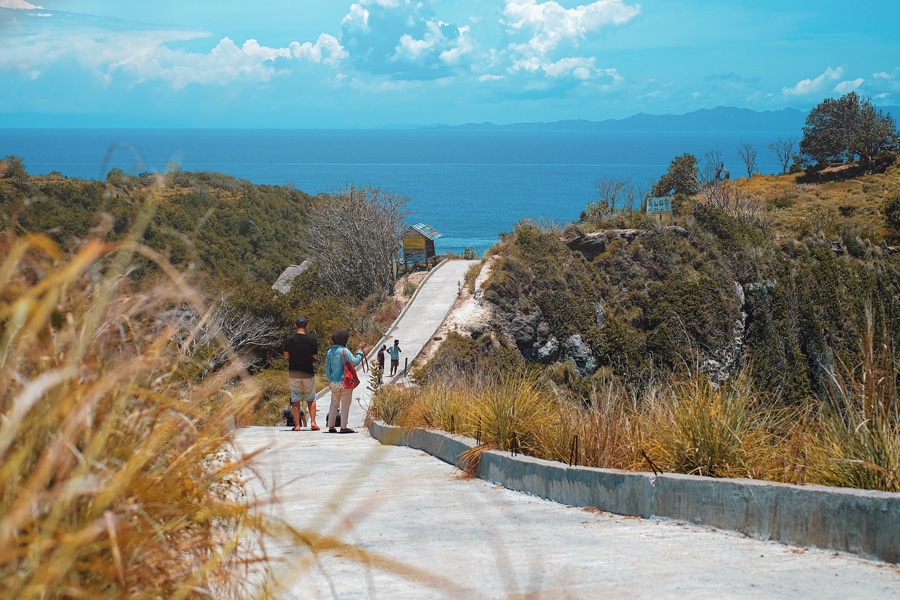
Pathway to Atuh Beach 

Photo spot at Atuh Beach
The coral reefs in and around Nusa Penida are home to a great variety of tropical fishes. There are over 10 scuba diving sites around the island. However, Nusa Penida is quite famous for the Manta Point where divers can watch the magnificent manta rays. This dive site is located in the southwest of the island. Giant oceanic sunfish or mola mola is another underwater wonder that can be seen in Nusa Penida during its season (around July to early November). Crystal Bay is the best dive site to see this prehistoric fish.
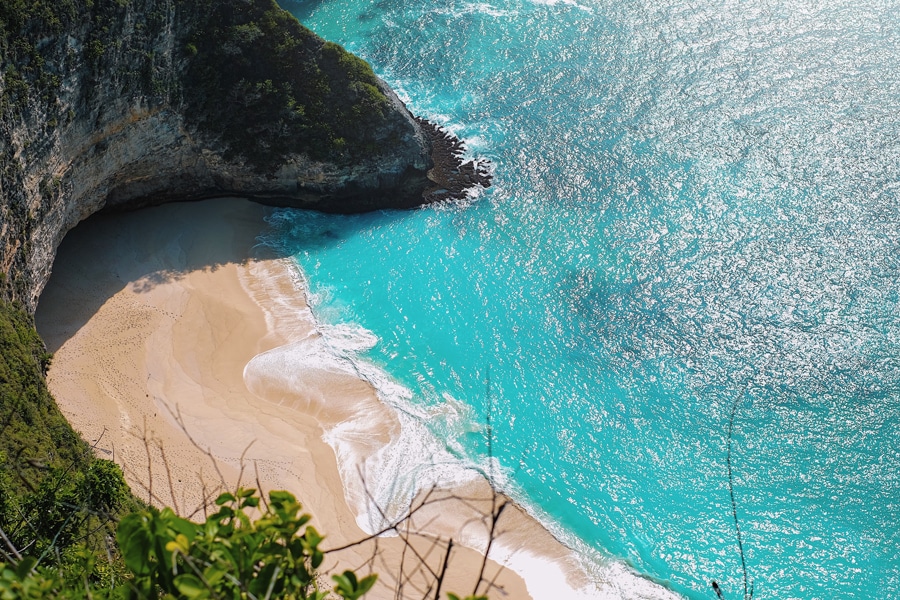
There is no public transportation available in Nusa Penida. The best way to explore the island is by renting a vehicle or hiring a private tour.
Beyond the beautiful Bali lies a lot more tourism wonders in Indonesia, and Nusa Penida is one of them. So, next time you have time to visit the country, don’t forget to include this Blue Paradise in your itinerary.
Text and Photo: GART





